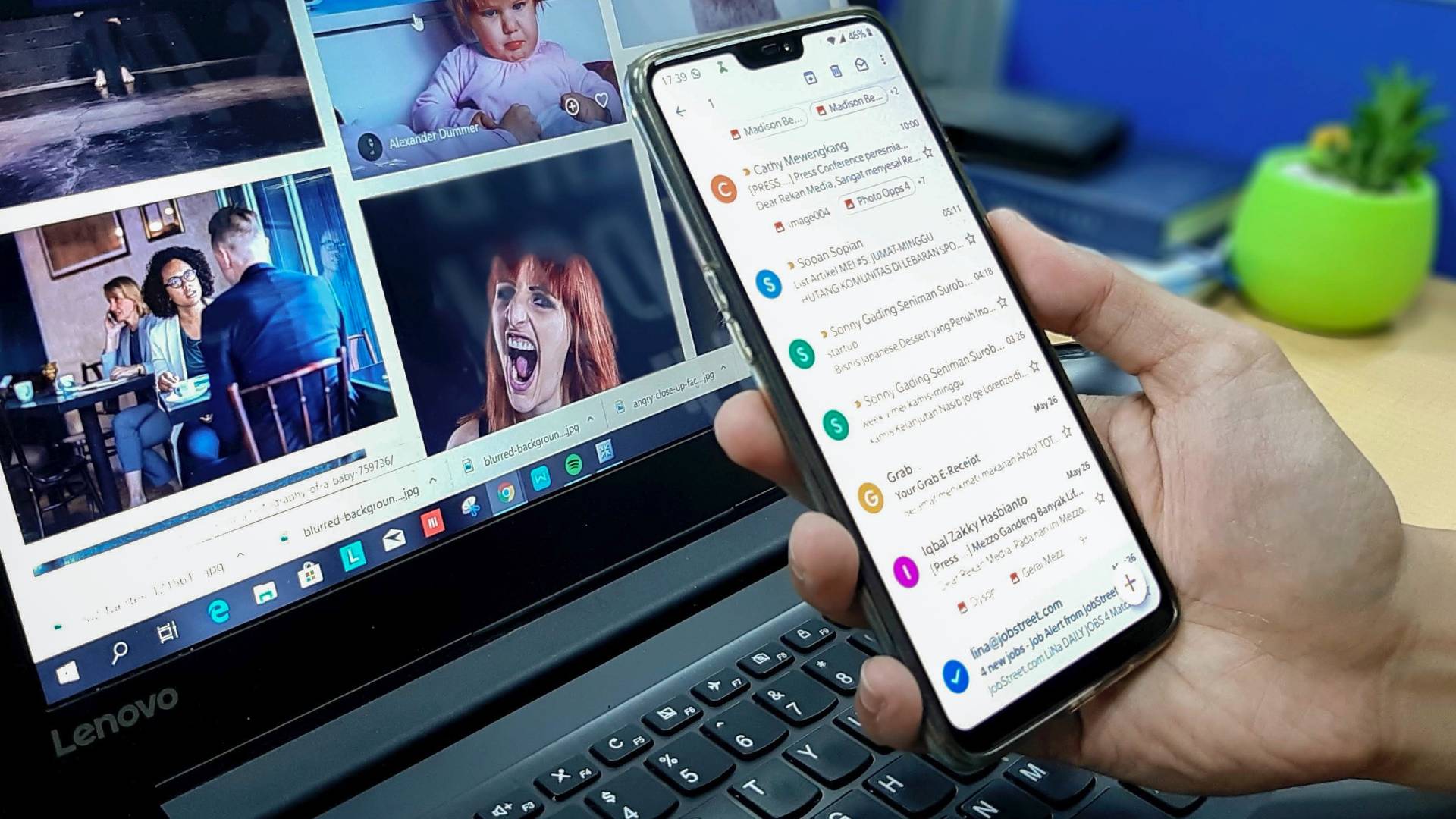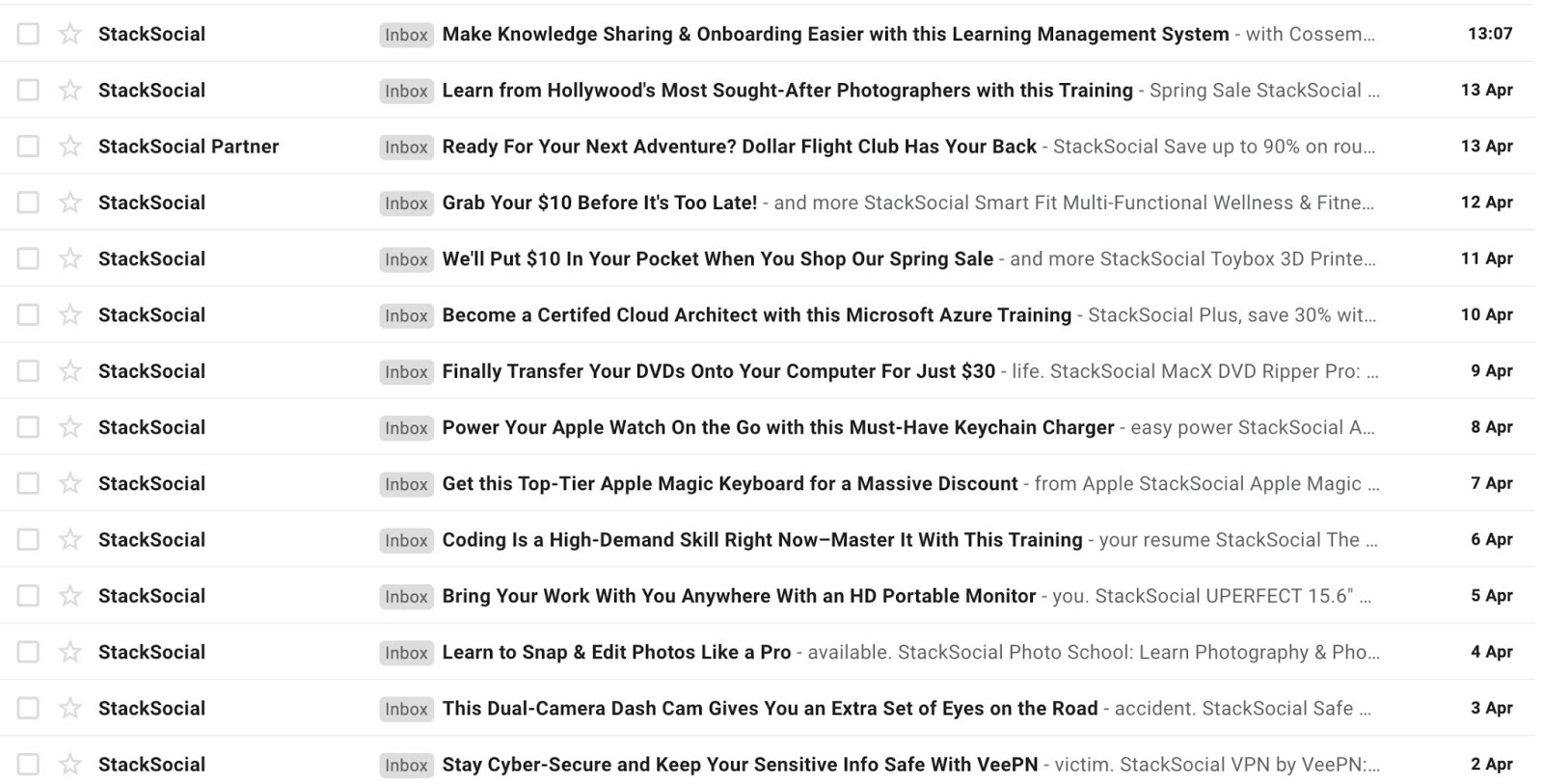Personalization in email marketing and outreach has been a popular trend for long enough that you don’t need me to remind you how important it is. You don’t even need to be consciously aware of the trend to be able to testify to its importance. Whether you know it or not, you already have a great deal of empirical knowledge under your belt.
Think about it. Which emails do you actually open and read, and perhaps even click through? Excluding the emails you actually signed up to receive, personalized messages tend to fare much better than the spammy hello-please-buy-our-product variety.
Taking it one step further, have you ever given much thought to how the time of day an email is received plays a part in its conversion potential? In this post, we’ll look at the most untapped element of email marketing — scheduling — and see how it can improve your open rates.
The single biggest challenge of email marketing can be summed up in one sentence. You almost never know what the recipient is doing at the time your message is delivered.
Using you as an example, how many times a day do you take a peek into your inbox? Does this habit depend on the level of busyness you are experiencing? Or do you make it a point to go through every single email account once or more each day?
Statistics show that 99% of people check their email every single day. Some people check their accounts as many as 20 times per day. However, even though we have tools that can tell us when a user opens an email, knowing when the recipient actually reads it is impossible.
Of course, we can never predict when a customer will have a headache and choose to stay in bed all day, letting their emails pile up. We can never predict if we’re hitting someone’s inbox at a particularly relaxed moment when they’ll be more than happy to browse our latest discounts.
Even if you were able to write the perfect email that would almost certainly convert a specific lead, timing your delivery is everything. If the recipient never sees it, mass-deleting all unopened emails a week later, you’ve essentially wasted time and effort composing it.
Follow-up emails are just as important. One can convert an additional 22% of prospects and timing matters just as much. If you follow up too soon, you may lose the lead by coming off as too pushy. On the other hand, if you wait too long, they may already have moved on to consider spending their money elsewhere. How can you effectively address this issue?
The email marketing industry, for its part, has come up with some general rules of thumb. Many email marketers still like to adhere to them, too.
Those last two guidelines make no logical sense, do they? If no one is sending emails on the weekend, how is it that so many inboxes are overflowing on a Monday morning? While a great deal of valid research and testing has gone into pinpointing the above guidelines, your best course of action — if you are looking to increase your open rates — is to forget all about them.

The email marketing rules we’ve outlined above are based on non-personalized research. They will not work for every audience or geographic location. Yet, they might be the best course of action in general.
However, if we return to our point about the importance of personalization, a generalized email marketing campaign is not what you should be aiming for anyway. Instead, you need to understand your specific audience and their email habits. Ask yourself these questions:
Pinpointing precise answers to these questions will require a commitment to research and A/B testing. Research can prove to be a costly endeavor. Of course, you can choose (as so many do) to skip it altogether. Many — may be most — email marketing professionals rely entirely on internal knowledge and previous experiences with their target audience.
I recommend you make data-driven decisions. You may be initially wrong and need to revise your assumptions. However, a couple of rounds of testing normally does the trick.
For example, if you are targeting younger audiences, emailing them in the evening can often provide better results than emailing them in the morning. Or, if you are promoting a weekend-specific offer, a Friday morning email might prove most timely. If you are targeting a Gen Z audience, you might try sending that blast out on the weekend. (They won’t mind.)
Whatever your initial choice of timing might be, the key to success lies in the testing part of the process. You can start by using industry benchmarks to determine what an average/expected open and click rate might be and measure your own results. Keep varying your send times until you find the one that seems to work best for your audience.
Never forget that different kinds of emails require different send times and different follow-up times as well.
Timing is important, no doubt. However, successful email marketing requires you to spin at least a few pie plates on wobbly sticks simultaneously. We wouldn’t want to overlook the importance of setting up professional-looking email templates and using the right tools to send them out.
There are plenty of email marketing services that specialize in allowing you to tweak and personalize emails, schedule them to be sent out at the right time, and allow you to personalize them “in bulk,” if applicable. If you choose to focus merely on timing and get sloppy with your subject lines, address a lead by the wrong name, or simply send out way too many emails, you are more likely to put them off than convert them.
One example from my own inbox that readily comes to mind is that of StackSocial. They write engaging subject lines. I am interested in their content, However, they also send out emails way too frequently. No one wants to receive newsletters every...single...day.

Follow-up is important, yes, but maybe we should all stop short of antagonizing our customers.
When it comes to the timing of your emails, test out your initial assumptions meticulously. Get to know the habits of your subscriber list. Learn how to reach out at the most opportune moment. That might be 4:00 a.m. when they’re feeding their newborn or at 2:00 p.m. as they enjoy a lunch break at the office.
Ultimately, as is so often the case with email marketing, a little knowledge goes a long way. The ultimate success of your campaigns will depend primarily on your knowledge and understanding of your target audience.